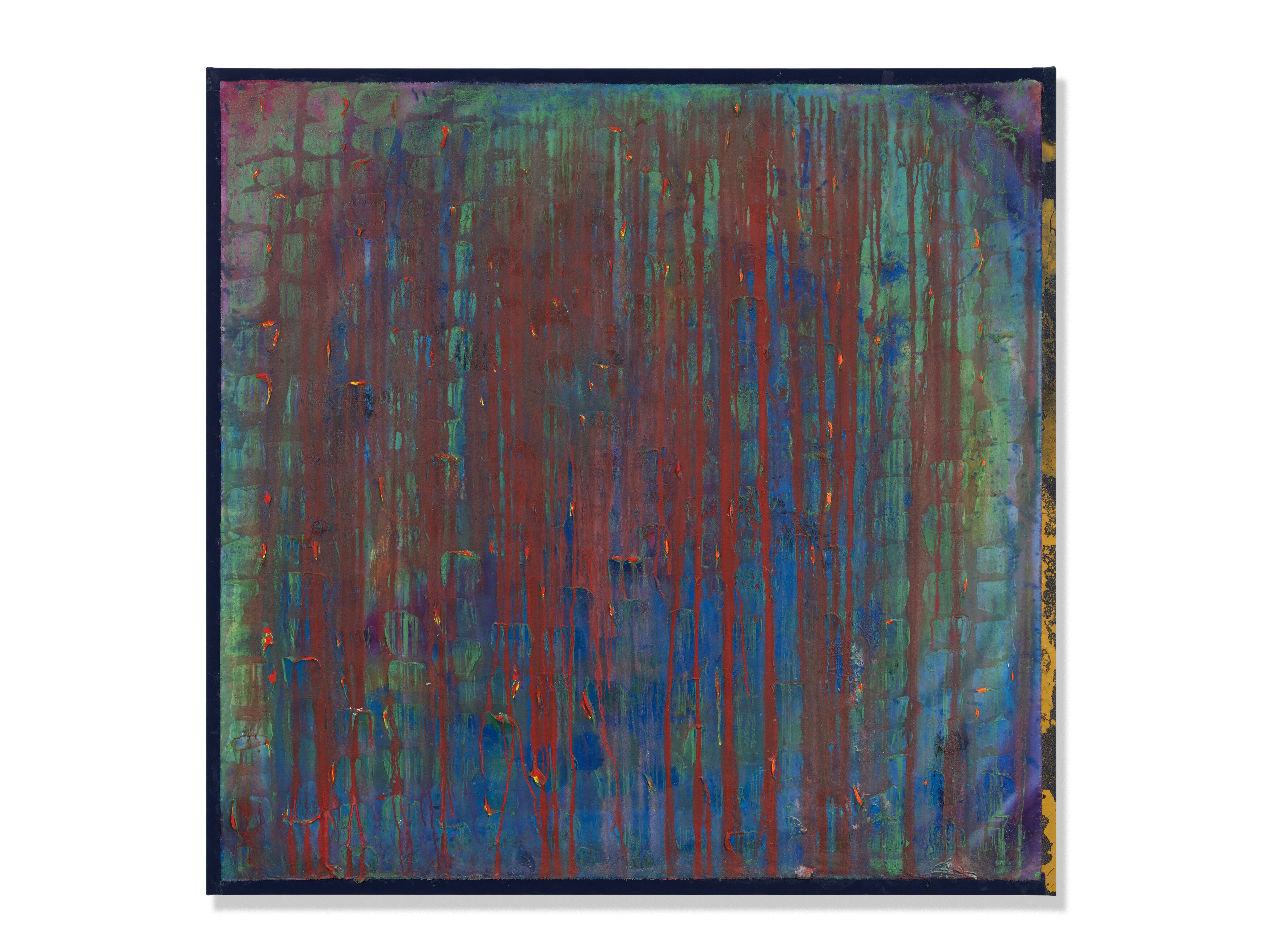Frank Bowling
Cobble Wobble
Cobble Wobble
2022
Acrylic and acrylic gel on canvas with marouflage
182.9 x 188.5 x 4 cm / 72 x 74 ¼ x 1 ⅝ in
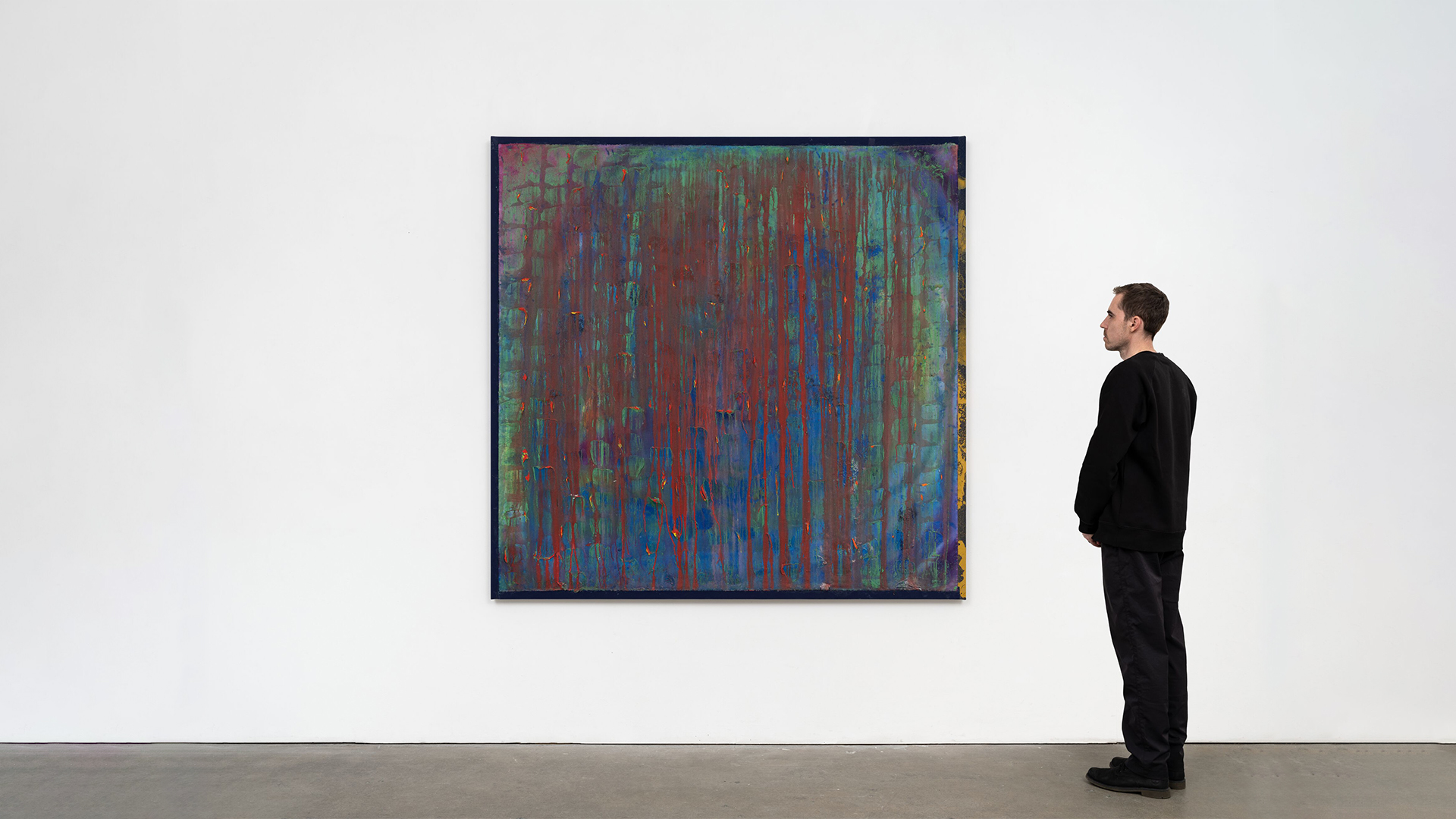
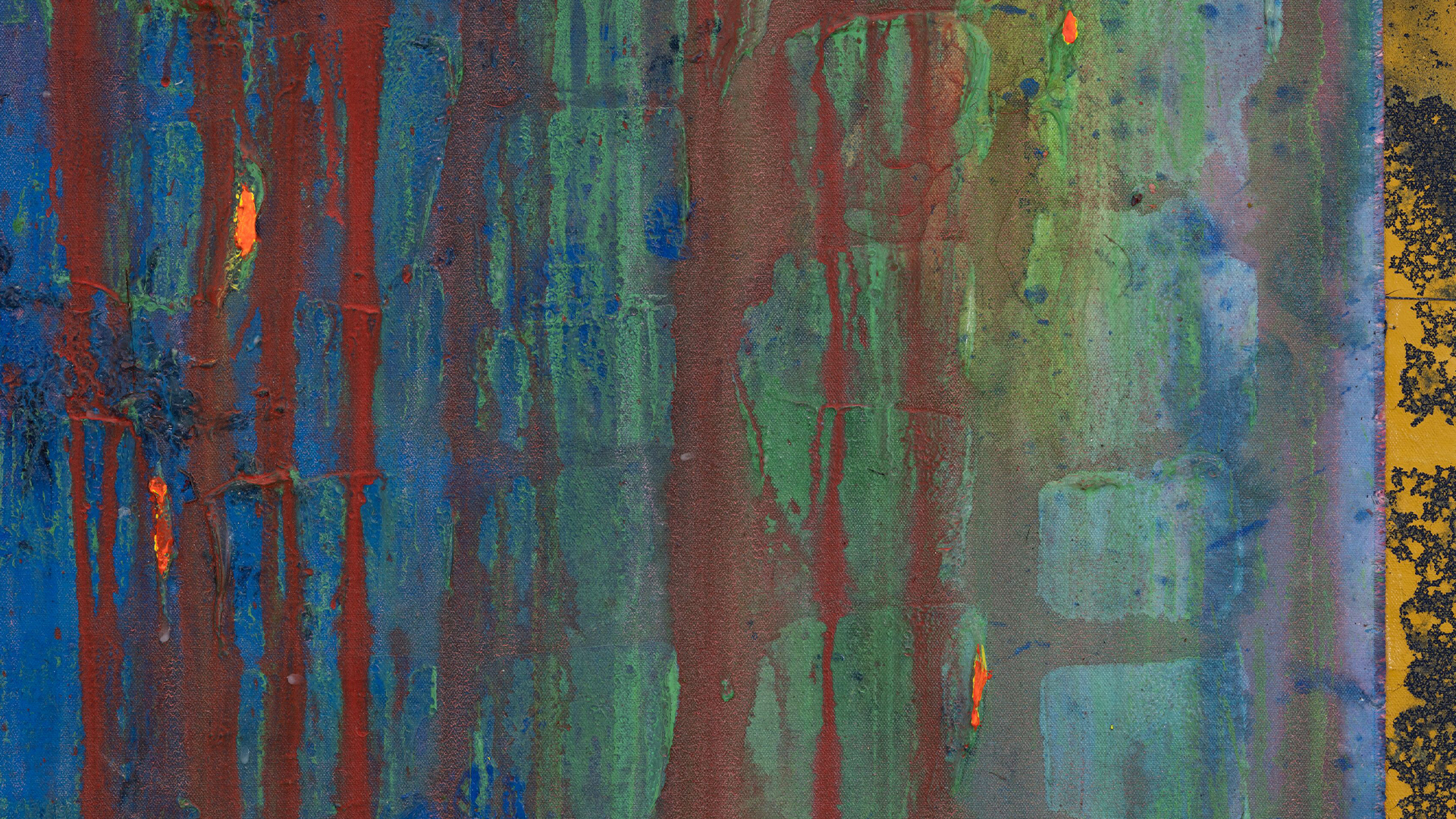
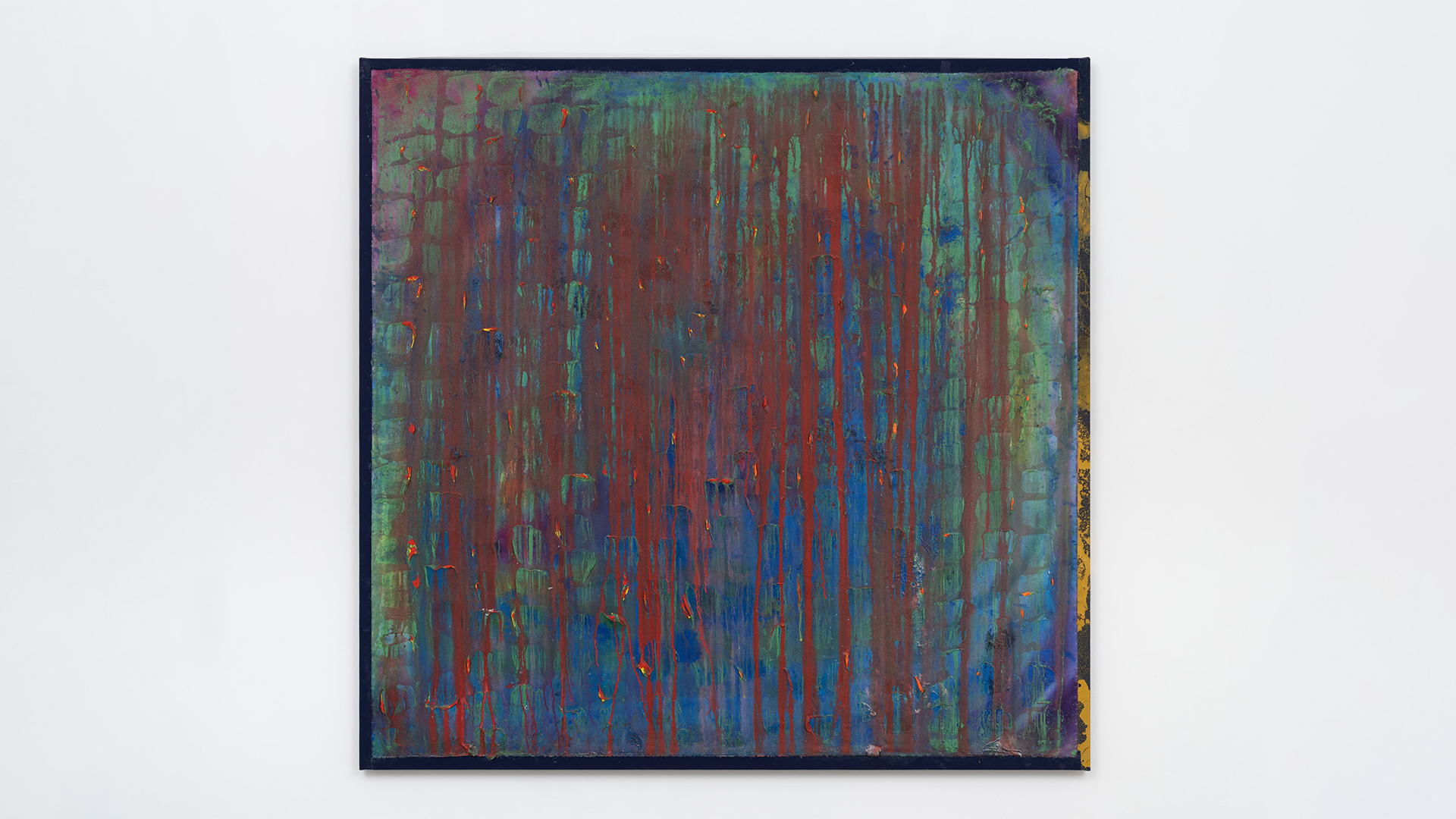


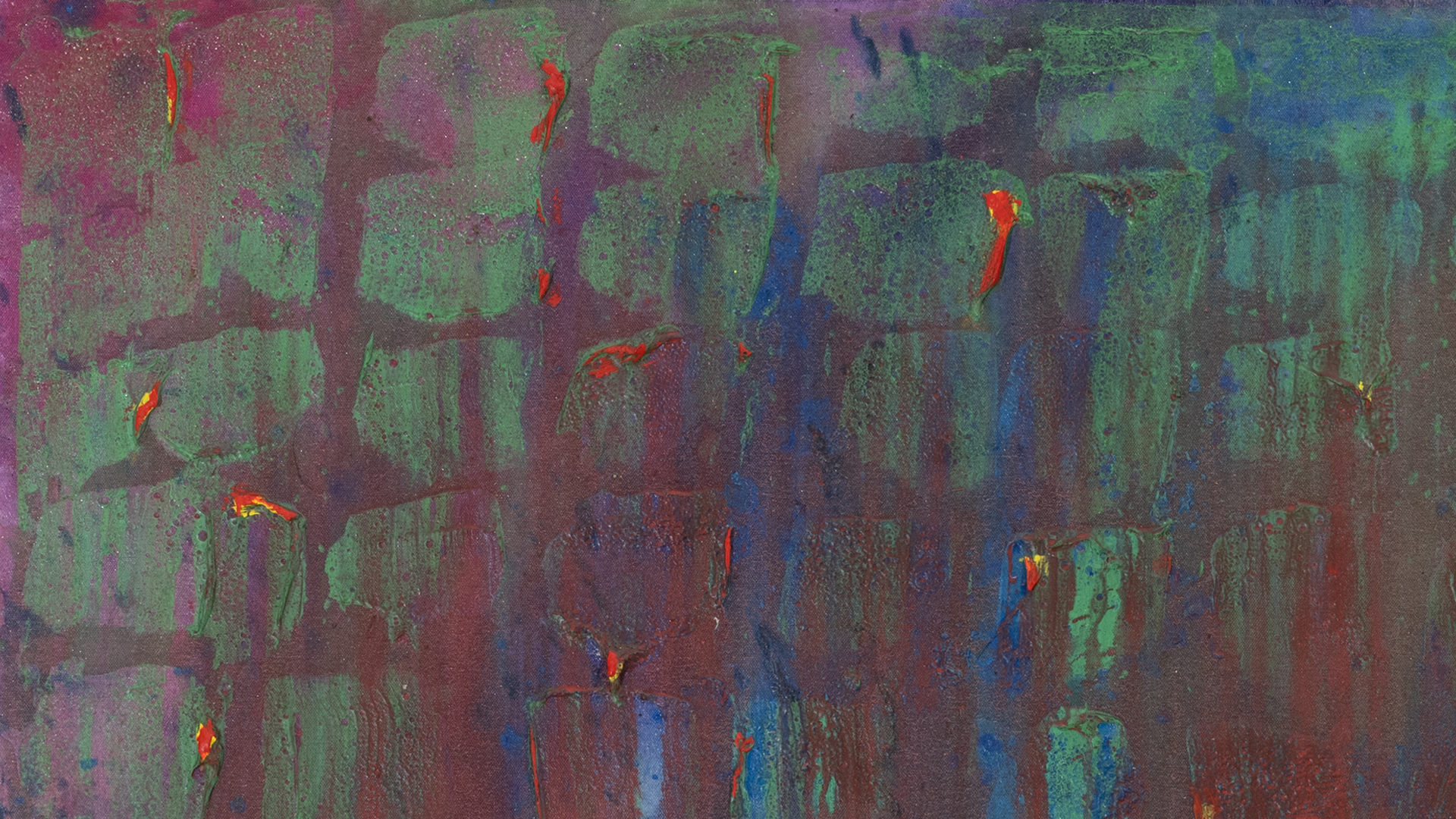
About the artist
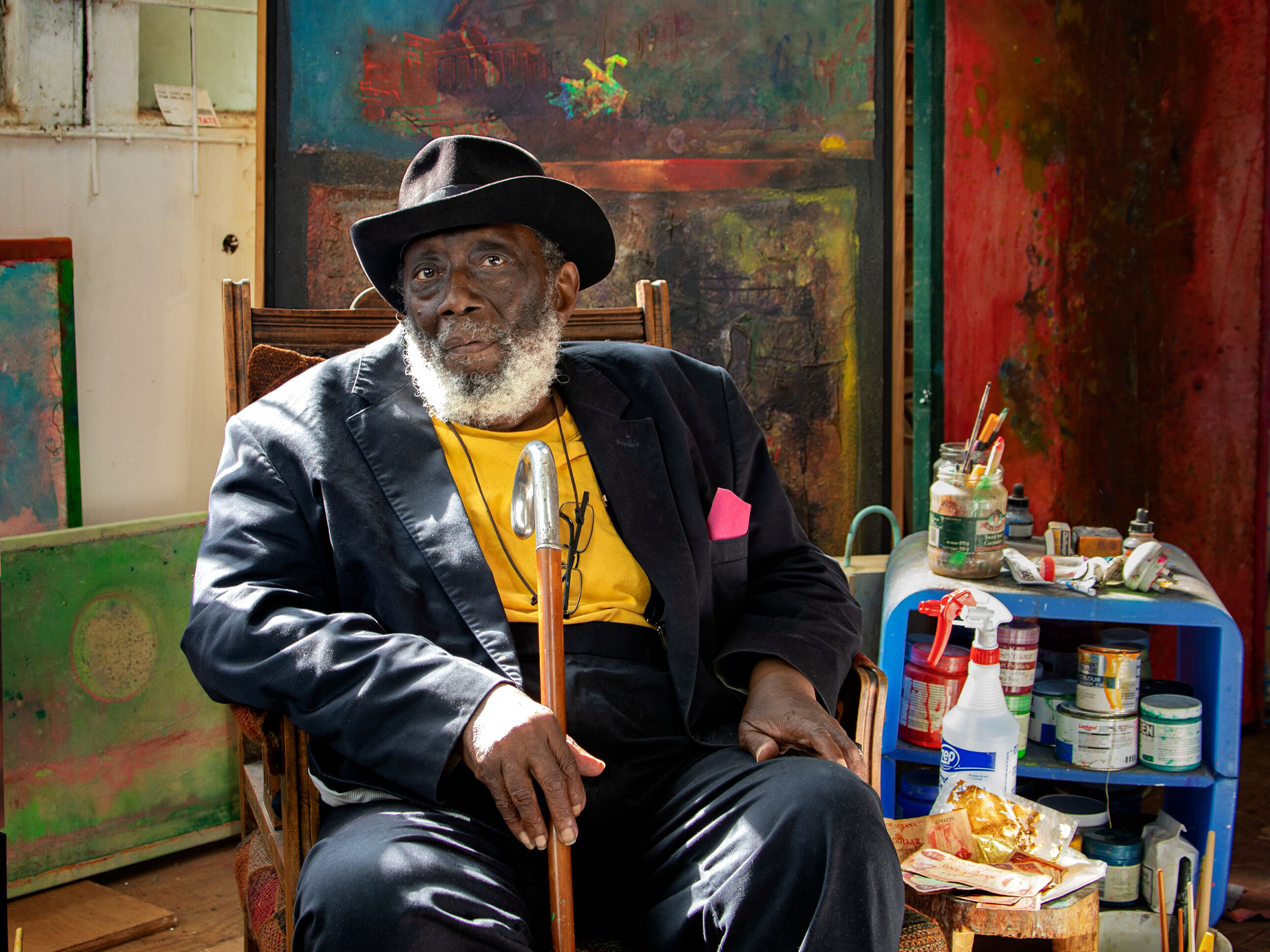 Over the course of six decades, Frank Bowling has relentlessly pursued a practice that boldly expands the possibilities of paint. Ambitious in scale and scope, his dynamic engagement with the materiality of his chosen medium, and its evolution in the broad sweep of art history, has resulted in paintings of unparalleled originality and power. Bowling has been hailed as one of the foremost British artists of his generation. He became a Royal Academician in 2005 and was awarded the OBE for services to art in 2008. He received a knighthood in the Queen’s Birthday Honours in October 2020 and, in 2022, was awarded the Wolfgang Hahn Prize by the Gesellschaft für Moderne Kunst am Museum Ludwig.
Over the course of six decades, Frank Bowling has relentlessly pursued a practice that boldly expands the possibilities of paint. Ambitious in scale and scope, his dynamic engagement with the materiality of his chosen medium, and its evolution in the broad sweep of art history, has resulted in paintings of unparalleled originality and power. Bowling has been hailed as one of the foremost British artists of his generation. He became a Royal Academician in 2005 and was awarded the OBE for services to art in 2008. He received a knighthood in the Queen’s Birthday Honours in October 2020 and, in 2022, was awarded the Wolfgang Hahn Prize by the Gesellschaft für Moderne Kunst am Museum Ludwig.

Artwork images © Frank Bowling. All Rights Reserved, DACS 2023. Photo: Damian Griffiths
Portrait of Sir Frank Bowling, 2020 © Frank Bowling. Photo: Sacha Bowling
1.) Frank Bowling quoted in Hester Lacey, ‘Frank Bowling. ‘I want to make the best painting in the world ever,’ Financial Times, July 3, 2021, https://www.ft.com/content/d4bdb2ee-e2c4-43cf-b571-61f44ae1fa08 (accessed July 15, 2021).
2.) Mel Gooding, ‘Frank Bowling,’ Second Edition, London/UK: Royal Academy of Arts, 2021, p. 99.
3.) Frank Bowling quoted in Mel Gooding, ‘Frank Bowling. Surroundings Towards the Definition of an Individual Talent,’ in ‘The Other Story: Afro-Asian Artists in Post-War Britain,’ London/UK: Hayward Gallery, 1989, p. 121.
4.) Mel Gooding, ‘Frank Bowling,’ Second Edition, London/UK: Royal Academy of Arts, 2021, p. 172.



